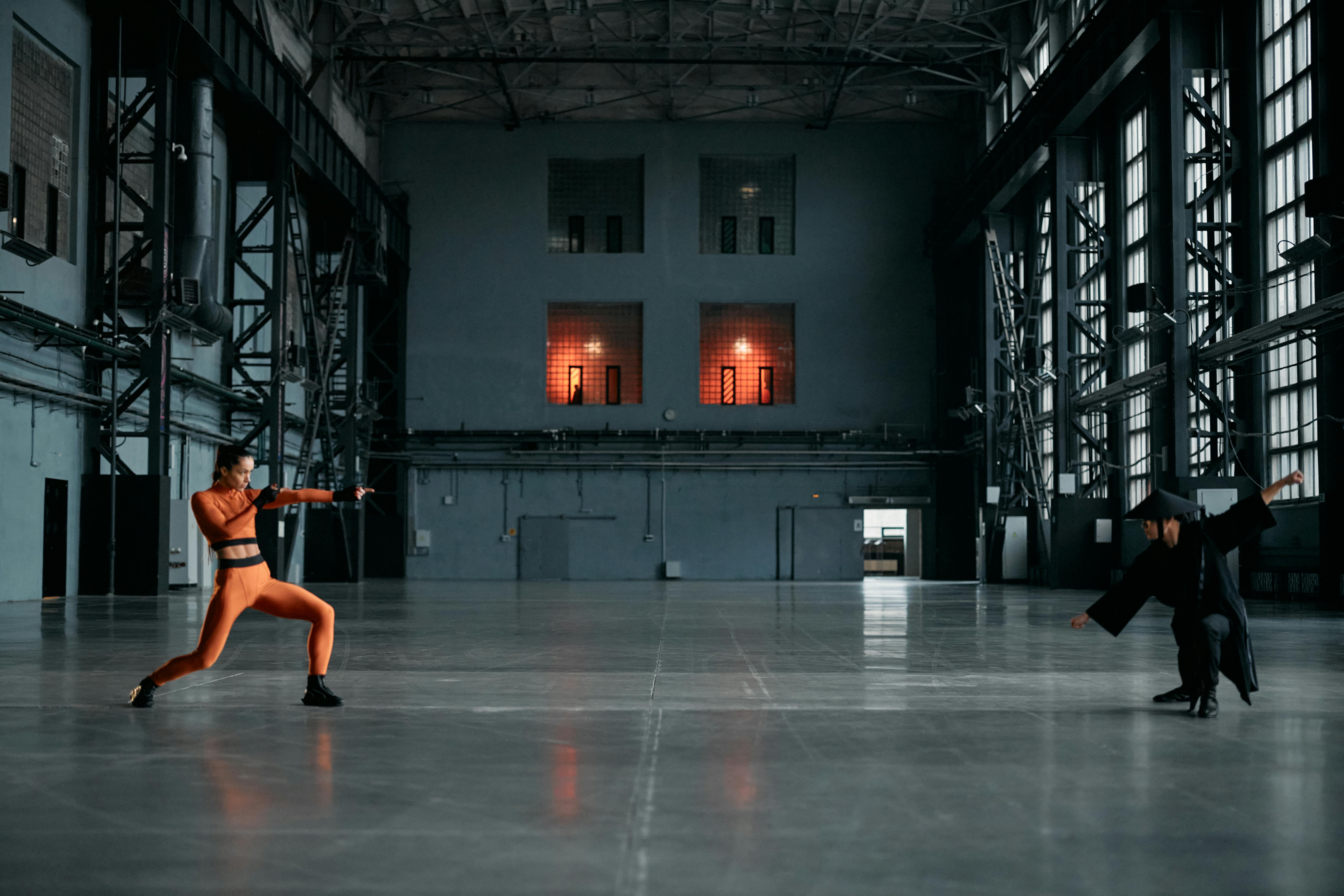Breaking Barriers: The Emergence and Impact of Mixed Martial Arts
Mixed Martial Arts (MMA) has emerged as one of the fastest-growing sports globally, with a history that's as dynamic and complex as the discipline itself. Diving into its roots and understanding its evolution, we can see how it has transformed the landscape of martial arts and sports entertainment at large.

Navigating the Origins and Evolution of MMA
The idea of pitting different martial arts styles against each other isn’t a new concept. A precursor to modern MMA can be traced back to ancient Greece, where a combat sport known as Pankration was part of the Olympic Games. Pankration was a blend of boxing and wrestling, with minimal rules, mirroring the anything-goes ethos of early MMA.
The actual term “Mixed Martial Arts” wasn’t widely used until the 1990s. However, the concept of mixing different disciplines has been around for much longer. Bruce Lee, a martial arts icon, championed this idea in the 1970s with his philosophy of “Jeet Kune Do”. Lee believed that a good fighter should be able to adapt to any style and situation.
The Birth of Modern MMA: The Ultimate Fighting Championship
The Ultimate Fighting Championship (UFC), the premier organization in MMA today, held its first event in 1993. It was designed as a one-night tournament to determine which martial arts style was superior—Brazilian jiu-jitsu, boxing, wrestling, karate, or something else entirely. The event was a resounding success, and it set the foundation for what MMA has become today.
The Global Impact and Popularity of MMA
MMA’s popularity has skyrocketed over the last two decades. The sport has evolved from a spectacle with minimal rules into a respected discipline with athletes who train in various martial arts. Today, MMA events are watched by millions of fans worldwide and draw significant revenue from pay-per-view sales, sponsorships, and merchandise.
MMA Training and Performance: A Blend of Disciplines
MMA training is unique in its approach and demands. Unlike traditional sports, where athletes specialize in a single discipline, MMA fighters must be well-rounded in various martial arts. This includes striking arts like boxing and Muay Thai, grappling arts like wrestling and Brazilian jiu-jitsu, and even traditional martial arts like judo and karate.
The Future of MMA: Trends and Developments
Looking ahead, the future of MMA appears bright. The sport’s mainstream appeal continues to grow, and organizations like the UFC are investing heavily in talent development and global expansion. Additionally, the rise of women’s MMA and the push for better fighter safety are trends that could shape the sport’s future.
The story of MMA is a testament to the human spirit’s resilience and adaptability. It’s a sport that celebrates diversity, encourages constant learning, and pushes the boundaries of physical and mental toughness. As MMA continues to evolve, it’s clear that this dynamic sport has firmly established its place in the world of sports.




